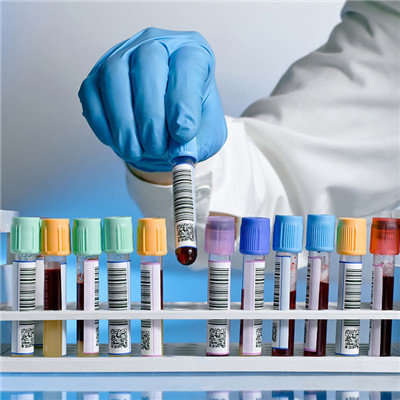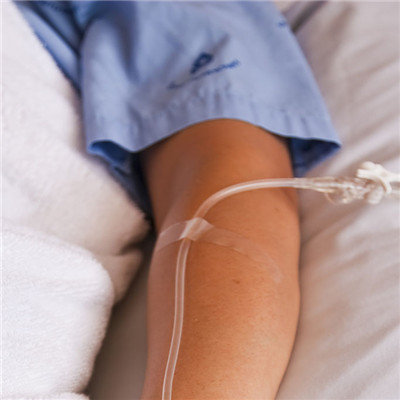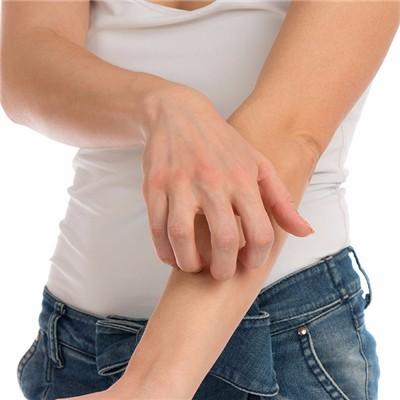Symptoms of anthrax
summary
Anthrax is caused by Bacillus anthracis, an acute infectious disease of human and livestock. People are infected by contact with sick animals and their products and eating meat of sick animals. The main clinical manifestations were skin necrosis, ulcer, extensive edema of eschar and surrounding tissue, toxemia, hemorrhagic infiltration of subcutaneous and subserosal connective tissue; Blood coagulation is poor, coal tar oil like, occasionally can cause acute infection of lung, intestine and meninges, and may be accompanied by septicemia. Under natural conditions, herbivores are the most susceptible, while humans are moderately sensitive. It mainly occurs in people who have more contact with animals and animal products processing and who eat sick animal meat by mistake. Let's talk about the symptoms of anthrax
Symptoms of anthrax
It can be divided into anthrax carbuncle and malignant edema. Anthrax is more common in the skin of face, neck, shoulder, hand and foot. It is papule or macular at the beginning. On the second day, blisters appear on the top, containing light yellow liquid. The surrounding tissues are hard and swollen. On the third to fourth day, hemorrhagic necrosis appears in the central area, which is slightly subsided. There are groups of small blisters around, and the edema area continues to expand. On the 5th to 7th day, the blister was necrotic and ruptured into a small shallow ulcer. The blood secretion formed a black dry scab like charcoal. Under the scab, there was granulation tissue, forming anthrax carbuncle. The surrounding tissue had non depressed edema. The diameter of necrotic area of black scab varies from 1-2cm to 5-6cm, and the diameter of edema area can reach 5-20cm. It is characterized by firmness, no pain and no suppurative ulcer. Then the edema gradually subsided, the black scab fell off in 1-2 weeks, and the scar was formed in 1-2 weeks. Fever, headache, local lymphadenopathy and splenomegaly occurred 1-2 days after the onset.

Most of them are primary, caused by inhalation of Bacillus anthracis spores, or secondary to skin anthrax. The onset of the disease is usually sudden, but generally there are cold like symptoms for 2-4 days first, and then the disease suddenly occurs after remission, showing biphasic. The clinical manifestations were chills, high fever, shortness of breath, dyspnea, wheezing, cyanosis, blood sputum, chest pain, and sometimes subcutaneous edema in the neck and chest. There were only scattered fine moist rales in the lungs, or signs of meningitis, which were often not proportional to the severity of the disease. Most of the patients were critically ill, often complicated with septicemia and septic shock, and occasionally secondary to meningitis. If it is not diagnosed and rescued in time, it will often die of respiratory and circulatory failure 24-48 hours after the emergence of acute symptoms.

It can be manifested as acute gastroenteritis and acute abdomen. The incubation period of the former is 12-18 hours. The same eater may have severe vomiting, abdominal pain and watery diarrhea at the same time or successively, and recover quickly within a few days. The latter onset is sudden, with severe toxemia symptoms, persistent vomiting, diarrhea, bloody stool, abdominal distension, abdominal pain, abdominal tenderness or peritonitis signs, if not treated in time, often complicated with septicemia and septic shock and died within 3-4 days after onset.

matters needing attention
Patients should be strictly isolated, and their secretions and excreta should be disinfected according to spore disinfection method. If necessary, the patients should be given intravenous infusion, and the patients with severe bleeding should be given appropriate blood transfusion. Adrenal cortical hormone can be used to control the development of local edema and reduce toxemia. Hydrocortisone can be used for short-term intravenous drip, but it must be used under the protection of penicillin. Patients with DIC should be given heparin and dipyridamole in time.












